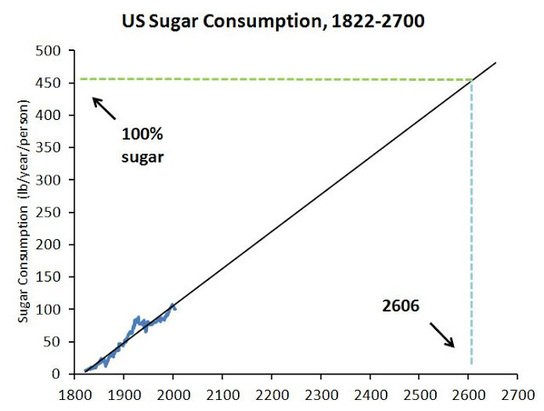How many hours should I fast?
Generally, about 11 to 12 hours after the last meal, the glycogen stores start to be depleted and the body initiates lipolysis—the process that burns fat to produce energy. In fact, we all fast naturally for about 10 to 12 hours at night when we sleep. Intermittent fasting is thus just an extension of this fasting period.
Different types of IF:
There are several methods of fasting. You can choose whichever suits you best, but keep in mind that it is better to start slowly (no matter the fasting duration) in order to get used to it. These are the most commonly known ones:
- The 16/8 method (Time restricted eating)
The most popular is the 16/8 diet that consists of fasting for 16 hours and spreading meals out over the remaining 8 hours. The two main options are either skipping dinner or breakfast. In the morning for example, you can extend the fasting phase by a few hours and have the first meal of the day a bit later.”
- The 5/2 method (twice-a-week)
You eat a normal, same amount and healthy diet during the 5 days of the week but reduce the calories to 500-600 for the 2 days fasting. High-fiber and high-protein foods will help you feel satiated while maintaining a low calorie during the fast.
- Alternate day fasting
Alternate day fasting is an easy-to-remember scheme. You fast every other day and on non-fasting days you eat a normal, same amount and healthy diet. On fasting days, limit amount from 0Kcal to 500Kcal.
- Weekly intermittent fasting 24 hours fasting
This method is to fast (0 Kcal) for 24 hours on one specific day of the week, and you eat normal, same amount and healthy diet for other days.
The 16/8 method is the most popular intelligent fasting among the other mentioned program. It can be easily incorporated in your daily life without much fuss, simply because it has one of the largest eating windows.
I missed a day. What should I do?
Don’t worry! You can break your habits anytime. For example, you may want to enjoy a good meal with your family or friends. Do you want to skip a few days and resume the program when you are ready again? This is perfectly fine; your efforts won’t be in vain and your weight loss process won’t be ineffective. In fact, intermittent fasting is a flexible and easy-to-follow eating plan that can be adjusted to your lifestyle.
You are not obligated to stick to a fixed model – you are able to schedule several fasting time slots. Breaking your fast for a few days and then getting back to your fast is permitted. When you change something, the app re-calculates your objectives in macronutrients and calories for each meal.
How long should I fast?
One can fast regularly, daily, or from time to time. There is no recommended frequency or duration. It depends on one’s ability to fast and on the fasting method. Intermittent fasting may be adopted until reaching the desired weight or it can be integrated as part of your lifestyle. However, you should certainly have regular check-ups and see a dietitian, particularly if you plan to combine intermittent fasting with a low-calorie diet and a ketogenic diet.
How, can the app help you while you’re fasting?
The app offers an intermittent fasting mode that users can enable or disable through the program settings. Once the mode is enabled, the user can choose among several options (i.e. beginner, advanced …), then they can select the fasting time slots. The application automatically calculates the calorie distribution for meals, which is a real advantage in terms of boosting the effects of fasting. The app can also display (at any moment) the current phase (eating or fasting) and the elapsed or remaining time left in the fast. The Dietsensor online dietary support provides the user with personalized advice and a nutritional follow-up to help them succeed in long-term weight loss and find the best ways to resume eating after fasting.




